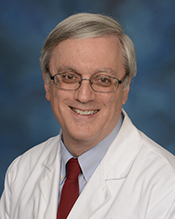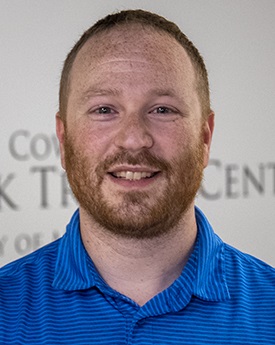Meet the Team | Critical Care and Trauma Education

Samuel A. Tisherman, MD
Director, Division of Critical Care and Trauma Education
As Director of the Division of Critical Care and Trauma Education, Dr. Tisherman is responsible for all of UMMC’s educational programs for Shock Trauma and Critical Care, including the Simulation Center. Dr. Tisherman joined Shock Trauma in 2014 after 20 years at the University of Pittsburgh Medical Center, where he was heavily involved in educational programs for medical students, residents, and critical care fellows.
Dr. Tisherman's research is focused on novel approaches to managing severe hemorrhagic shock and cardiac arrest, with a special interest in therapeutic hypothermia. He is the principal investigator on the Emergency Preservation and Resuscitation for Cardiac Arrest from Trauma (EPR-CAT) trial.
Dr. Tisherman received his medical degree from the University of Pittsburgh School of Medicine, where he also completed a residency in general surgery and fellowship in surgical critical care.

Benjamin L Neustein, MAT, Paramedic, CHSOS
Training and Simulation Manager for the Center for Critical Care and Trauma Education
As the training and simulation manager, Mr. Neustein oversees the creation and running of simulations. He brings his experience in teaching science and EMS courses along with a certification as a health care simulation operation specialist to the Shock Trauma Simulation Center.
Mr. Neustein is working with the University of Maryland Medical Center staff to develop new curricula and expand the course offerings of the Sim Center. He is focused on realism in simulation and improving clinical outcomes using simulation education here at University of Maryland Medical Center.
Mr. Neustein comes to the Shock Trauma Center from Pittsburgh, PA where he received his undergraduate degrees from the University of Pittsburgh and a master’s in science education from Chatham University. He worked for Pittsburgh Public Schools and taught Emergency Medicine courses at the University of Pittsburgh. He began working in EMS in 2004 and teaching medicine through the University of Pittsburgh Medical Center in 2008. Just prior to moving to Baltimore, he ran simulation labs for the Allegheny Health Network.
